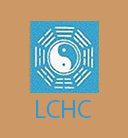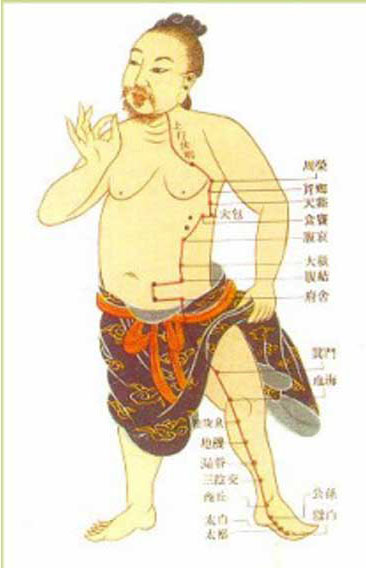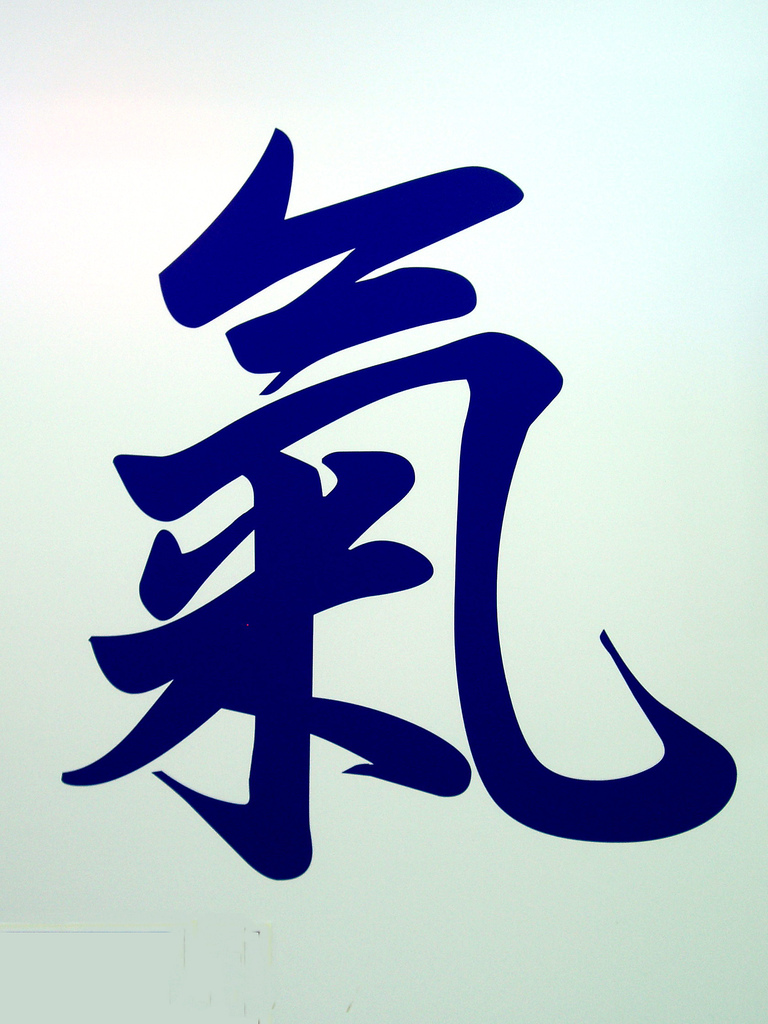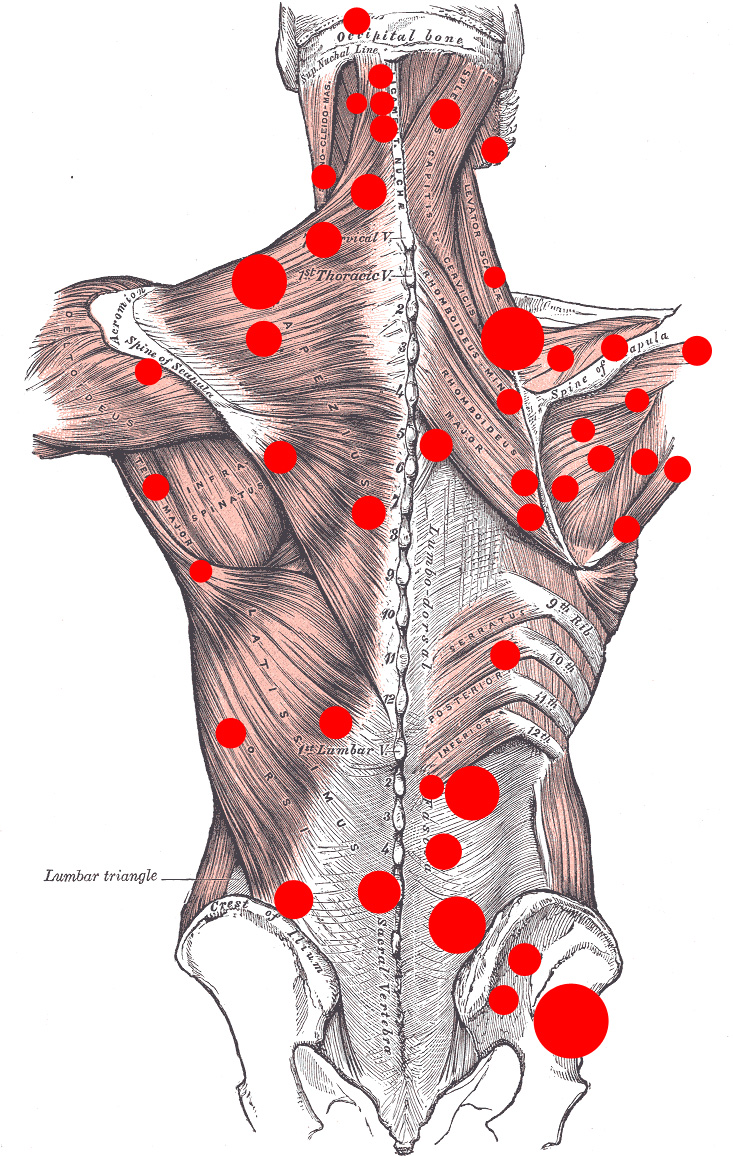From a modern scientific reductionist point of view we do not have a global or comprehensive explanation of how acupuncture works. Some of the partial explanations are:
Gate theory of pain: this theory postulates that Acupuncture helps in pain relief by stimulating the pain inhibitory nerve fibers, which lowers the pain input and therefore, relieves the pain. We directly use and raise this effect with electro-acupuncture.
Endorphins: acupuncture stimulates the release of endorphins – the bodys own natural opiates – which result in a reduction of pain and a ‘feel good’ factor. This has been especially closely studied in ear (auricular) acupuncture directed towards those with drug addictions.
Nitric-oxide: acupuncture has been shown to increase the nitric oxide levels in treated regions. This leads to increased local blood circulation and may help in preventing local inflammation and ischemia and relieve the disease condition. We employ these effects when treating local joint pain caused by anything from rheumatism and arthritis to physical injury.
There are many other known physiological effects caused by acupuncture, all giving a partial picture of its effect.
[1] Map of the Spleen (pi zang) network, [2] The character ‘Qi’, [3] A myofascial trigger map of the back
Classical Chinese medicine has a fundamentally holistic point of view. As such the effects of acupuncture can be explained by the circulation of ‘Qi’ – breaths of vitality – in channel-networks which connect throughout the body. Points on these channels are the focus of special influence by which the insertion of needles can have a powerful effect not only in the local area but throughout the body. Acupuncturists learn a body of empirical knowledge based on these principles in order to diagnose and decide how to administer treatment.
This is corroborated in an experiential way by patients who frequently experience unusual sensations far away from where the needle has been inserted. This can usually be explained by looking at the map of channel network circulations.
There is some study and evidence emerging that the connective tissue of the tendino-muscular network – the fasciae – is the substrate for the movement of energy (bio-electric impulses) throughout the body. A lot of work was done in the 20th centruy in Japan on this. It is still the subject of further research and hot debate.
Wisdom Pearls:



